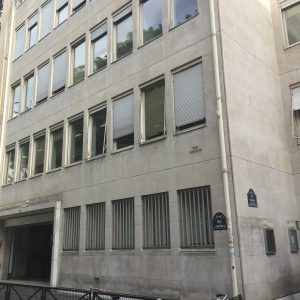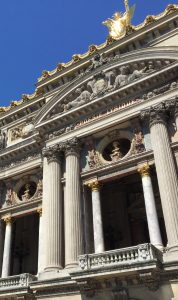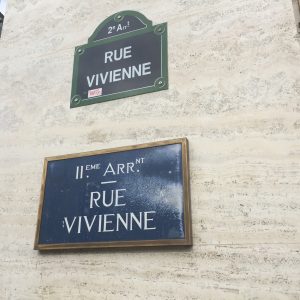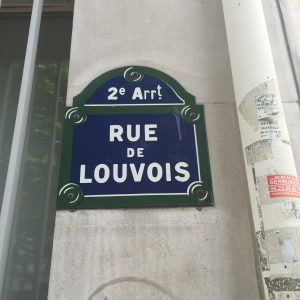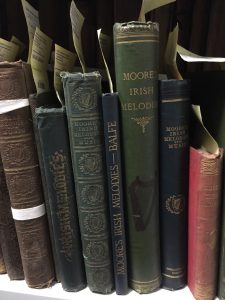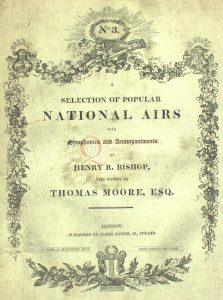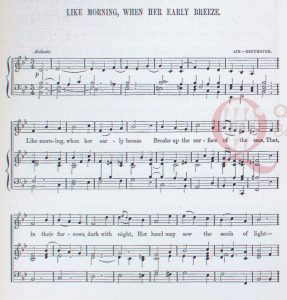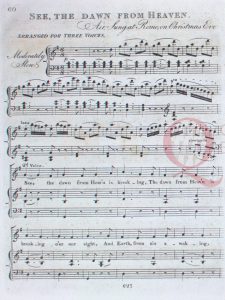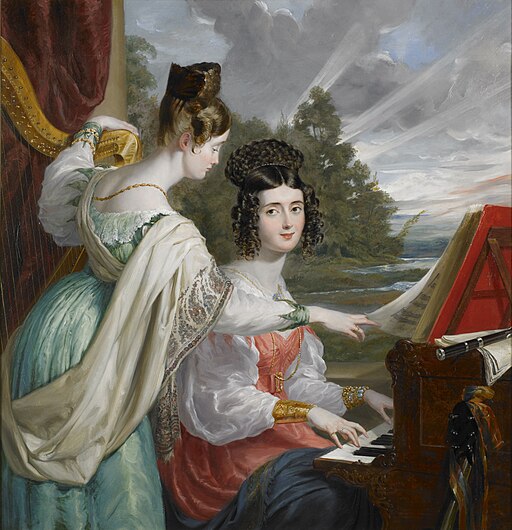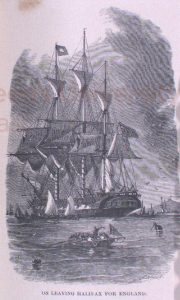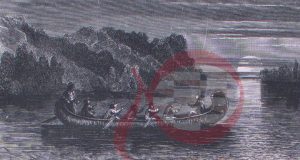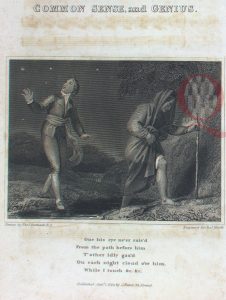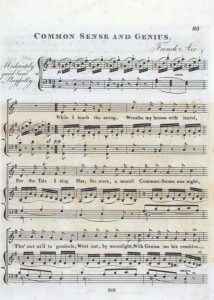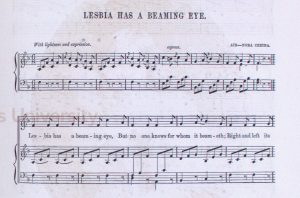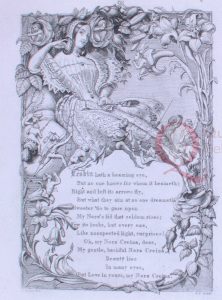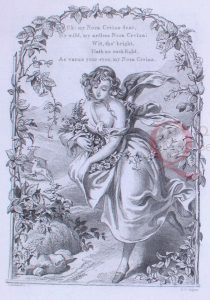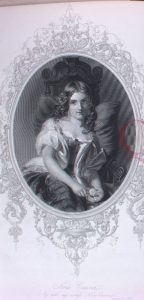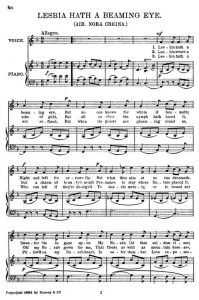In early May I visited Die Bayerische StaatsBibliothek (BSB) in Munich; this was my first visit to Munich and to the BSB. If travelling from abroad to carry out research at the BSB it is worth planning your trip at least a couple of weeks in advance. I began my preparations about three weeks in advance which helped ensure I could get access to all the material I needed during my visit. If visiting from abroad you are required to complete an online registration form. Alternatively you can download the form and post or fax a completed copy. I completed the online form which involved providing personal details, listing the dates of my intended visit and providing information about the material I wished to examine. Within a day or two you should receive an email acknowledgement confirming that you have been issued with a reader’s card which you collect on arrival at the library. You are also provided with a user number and password which permits readers to login to the BSB online catalogue and order items online. Items are available three days after the library receives your order and are reserved for ten days once available, consequently it is important to plan well so your order coincides with your arrival and the duration of your visit. You are advised by the library staff to order items at least one week in advance of your visit. Readers are permitted to order 10 items at a time, however since I was on a short visit (3 days) my order was upgraded to 30 items. Placing your order online is very easy; select the item, press the ‘Order’ button and select the reading room where you want your order to be delivered (for me it was Musiklesesaal 1/Music Reading Room First Floor). It is possible to view the BSB website and catalogue in English and you can view your order by going to ‘My details’ and ‘Requests’ provided you are logged-in. After placing my order I also emailed the music reading room just to make sure the order had gone through successfully. It had!
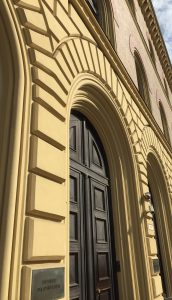
Die Bayerische StaatsBibliothek is located at No. 16 Ludwigstrasse, about a ten minute walk from Marienplatz and five minutes from the Bavarian National Theatre and State Opera House. On arrival at the library go to the counter marked “Zulassung and Sonderfaelle’ to receive your reader’s card; this desk is located on the first floor. Note that you cannot bring bags or coats into this area which is located at the entrance to the general reading room. Lockers, which require a €1 or €2 coin, are available on the ground floor. Once you receive your reader’s card you can get started! The Lesesaal Musik, Karten und Bilder (Music, Maps and Coins Reading Room) is located on the first floor. Lockers are available in the corridor outside the reading room which is convenient if researching in this part of the library. Once you check-in with the duty librarian you can access your order which will be stored in alphabetical order according to your surname on shelves at the top of the reading room. Once the items have been processed you can work away and you can store items on the shelves for the next day.
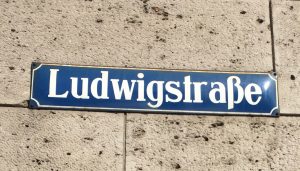
The music reading room can seat 28 readers, is equipped with two PCs and there is a piano at the back of the room. A scanner for copying items is available in the corridor outside the music reading room and copying cards are available from a machine on the second floor; a minimum payment of €5 is required. I found the library staff to be very helpful and extremely understanding of the fact that I don’t speak German; the library staff were very willing to converse in English and prior to my visit I corresponded via email with staff in the library and music reading room in English. There is a café onsite; a lunchtime ham and cheese roll and medium cappuccino will set you back €6.50. There is also a lounge onsite if you prefer, or have the facility to bring a packed lunch. I found the BSB a very pleasant library in which to carry out research. Consult the BSB’s website for information about admission, reading room times, closure dates, contact information and how to obtain a reader’s card; a link to the library’s homepage is provided at the end of this blog. Wifi is available onsite, just ask the duty librarian for the details needed to connect, or, consult the BSB’s website for this information.
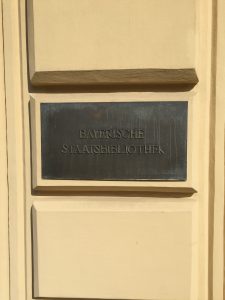
http://www.bsb-muenchen.de/en/

